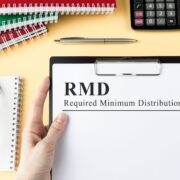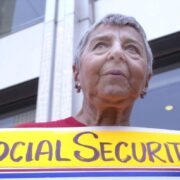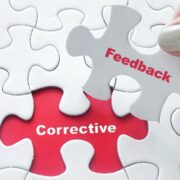Millions of low-income Americans are locked into hardship thanks to U.S. tax policy, Federal Reserve Bank of Atlanta researchers state.
About a quarter of lower-income workers successfully deal with limited tax rates of more than 70% when changed for the loss of federal government advantages, a study led by Atlanta Fed Research Study Director David Altig found. That suggests for each $1,000 gained in earnings, $700 goes to the government in taxes or minimized costs. Sometimes, there are no gains at all.
Poorer households might rely on Medicaid insurance coverage, well-being payments, food stamps, real estate coupons, and tax credits that are based on family earnings. Little increases in earnings can bring huge losses of benefits, enhancing a negative cycle in which employees aren’t rewarded if they enhance their skills or pay.
“This is a perverse reward that states you shouldn’t try to make yourself much better,” said Atlanta Fed President Raphael Bostic, who is leading a virtual conference Thursday intending to concentrate on the problem. “They are not dumb. It’s on us to alter those incentives so that individuals understand what the potential is and move on towards chance.”
According to the U.S. Census Bureau, 34 million Americans lived listed below the hardship line last year.
The Atlanta Fed has developed online tools it calls “control panels” that allow profession centers across the U.S. to recommend employees on how to increase their pay in manner ins which minimize or compensate for the loss of benefits. Career consultants can go into particular details– for example, a mother with 3 kids along with their numerous federal government programs– and suggest ways to make lasting pay gains.
The bank remains in serious discussions with regional partners in states throughout the Southeast, as well as New York, Connecticut, Colorado, Oklahoma, and Wisconsin– often in conjunction with the Richmond Fed and Kansas City Fed.
Broward College in Fort Lauderdale, Florida, has been among the very first to check a prototype of the tool. The school has 63,000 trainees, two-thirds of them Black or Hispanic, and about half lower earnings.
“We consider the student who inevitably might make the choice sadly not to go up the economic ladder just since of the advantages they may lose,” Broward President Gregory Haile stated. “These are the kind of difficulties that perpetuate generational poverty. That is inevitably the difficulty we are trying to deal with, and the cycle we are trying to break.”
While the typical low-income American family may have a minimal tax rate of about 45%, there’s a large dispersion of experiences, depending upon age, household size, area, and advantages. Some households deal with an exaggerated problem– 70% tax rates or sometimes much more. Simply $1,000 in higher spend for a single mother in Oregon, in one example pointed out in Altig’s research study, would lead to a disastrous loss of $15,000 in real estate subsidies.

It’s called a minimal tax rate is given that the government extracts more money from low-income workers through higher taxes or minimized costs on benefits. The wealthiest 1 percent likewise face a high mean lifetime marginal tax rate of roughly half, however, they don’t face the housing, food, and medical hardships endured by the poor.
The online tool recommends training methods sometimes. For instance, a nursing student might discover that the extra time to study to end up being a signed up nurse is much more useful than a smaller sized step to be a licensed practical nurse.
Some communities are putting up money to assist as well. The East Lake Initiative, a neighborhood advancement organization in the eastern side of Birmingham, Alabama, recently began providing subsidies for food, energies and child-care support to help offset the loss of advantages.
“Many households reach out throughout a time of crisis,” stated Pam Bates, executive director of the program. “Our aim is to assist them to move from crisis to growing.”
Atlanta Fed’s Altig states the goal is to get other policymakers to step forward with funds when they understand how perverse the incentives for the bad are.
The research study began two years ago as part of the Atlanta Fed’s higher concentrate on financial inclusion and mobility, a focus Bostic, the first Black Fed president in the reserve bank’s 106-year history, has pushed because taking control as president in 2017. It’s especially appropriate because the Southeast lags the nation in earnings.
“These are crazy obstacles some individuals are facing,” Altig stated. “This is a considerable obstacle to our capacity to move people into much better and higher-paying jobs.”





















Comments